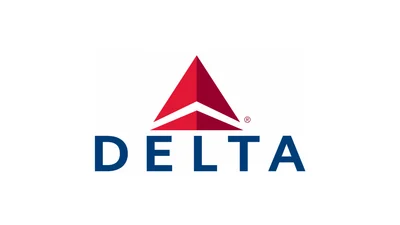Air traffic over the North Atlantic operates under the North Atlantic Organized Track System (NAT-OTS), which is managed by Gander Oceanic Control in Canada and Shanwick Oceanic Control in the United Kingdom. These tracks are redrawn daily to account for wind patterns and traffic density, with vertical separation set at 1,000 feet between flight levels 290 and 410.
Without radar, crews rely on GPS, inertial reference systems, and procedural reporting for separation. SLOP adds another layer of statistical protection by having pilots offset slightly to the right—usually by one or two nautical miles. This reduces risks from position or altitude errors, turbulence, or deviations.
Offsets also help minimize wake turbulence effects when lighter aircraft follow heavier jets such as Boeing 777s or Airbus A380s. By flying laterally displaced from these larger planes’ paths, following aircraft avoid potentially hazardous air vortices.
The use of SLOP has expanded globally beyond the Atlantic to include Pacific, Indian Ocean, South Atlantic routes, and polar corridors. Oversight authorities recommend similar offset practices depending on region-specific requirements.
Modern airliners automate SLOP via FMS logic integrated with GPS and Inertial Reference Systems. Pilots input an offset value; thereafter, navigation adjustments occur automatically without manual intervention. According to IFATCA’s guidance from 2009, “operators with automatic SLOP capability may apply it ‘without specific ATC clearance,’ provided they remain within the right-side offset range.”
Older aircraft lacking automation must stay on route centerlines but are now rare among long-haul fleets. Even with advancements like satellite-based tracking using ADS-B and ADS-C technology—which improve monitoring but not physical separation—SLOP remains crucial for maintaining safe distances between aircraft.
On heavily trafficked routes like those over the North Atlantic, reduced lateral spacing between tracks (from 60 nautical miles down to 25) has been made possible due to precise navigation technologies working together with procedures like SLOP.
Beyond preventing collisions, SLOP offers additional benefits such as improved passenger comfort by avoiding wake turbulence encounters and increased tolerance for minor navigation errors or temporary altitude deviations during turbulence or autopilot issues.
Ultimately, SLOP reflects aviation’s culture of layered safety: building redundancy into systems so that no single failure leads to disaster. The procedure is an example of how simple measures can quietly underpin one of history’s safest modes of transportation.
 Alerts Sign-up
Alerts Sign-up




































